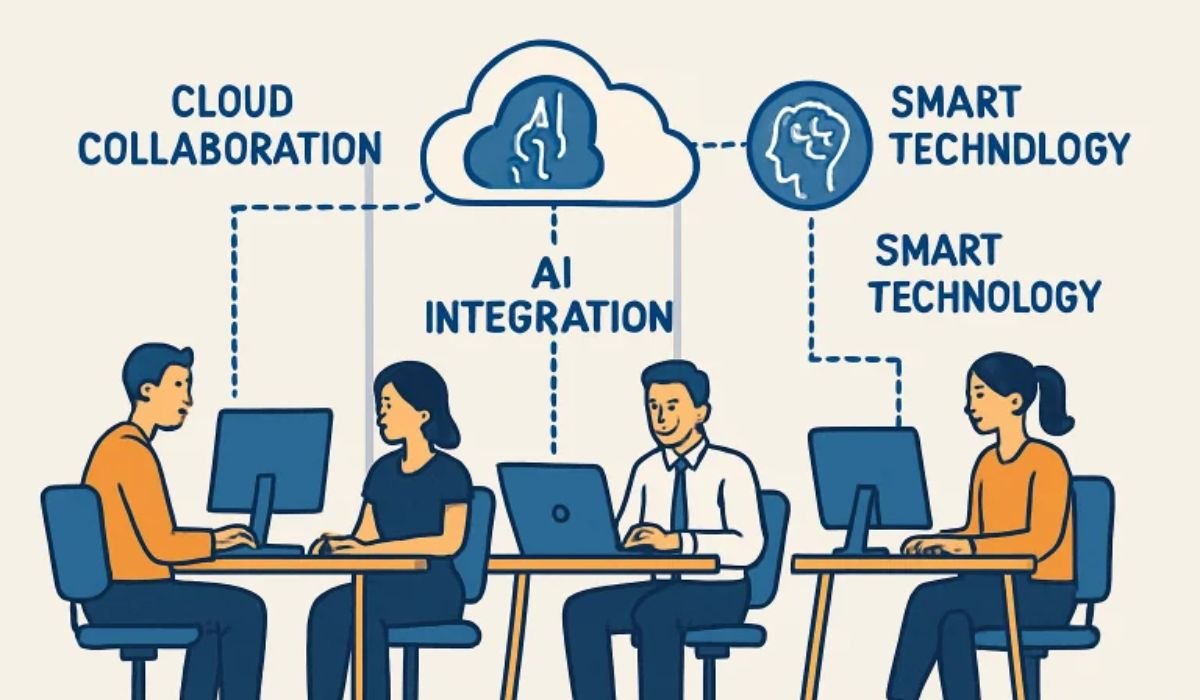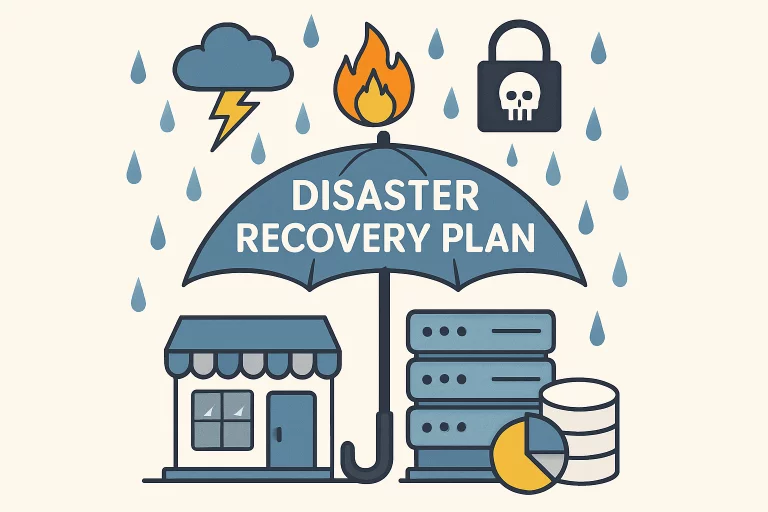The Changing Landscape of Talent Management
The world of work is experiencing accelerated transformation, prompting organizations to look closer at how they attract, develop, and retain talent. This shift is driven by a convergence of factors, including rapid digitalization, volatile economic conditions, demographic change, and evolving employee expectations. Companies can no longer afford to treat talent management as a routine HR function. It has become a central pillar of business strategy, influencing everything from culture to competitive positioning. As new roles emerge and traditional ones evolve, organizations are forced to think differently about deploying new and existing talent in light of constant change.
To keep pace, many companies are engaging with talent management consulting companies to help them realign business objectives with workforce demands. These partnerships provide valuable market insights and tailored strategies to ensure that organizations are agile and competitive. Meanwhile, the scope of talent management has broadened considerably. Gone are the days when it covered little more than recruiting and onboarding. Organizations now recognize the need for a deeply integrated, data-driven, and employee-focused approach that supports the entire employee lifecycle. This includes workforce planning, continuous development, and engagement initiatives encouraging growth and innovation at all levels.
Innovation is crucial as organizations strive to build resilience for future shocks while embracing new working methods. Leaders are required to foster a culture that supports experimentation, skills adaptability, and transparent communication. Companies willing to experiment and quickly adapt to new realities are rewarded with higher engagement and a reputation for being forward-thinking employers.
Prioritizing Flexibility: The Hybrid Work Model
The hybrid work model has become a significant trend in recent years, allowing employees to work from both remote and in-office settings. The pandemic has accelerated this shift, with employees and employers recognizing its numerous benefits. Flexibility now plays a crucial role in job seekers’ retention rates, job satisfaction, and personal well-being. Hybrid work offers competitive advantages such as increased access to a diverse talent pool, lower real estate and operational costs, and improved employee morale. However, successful implementation requires thoughtful process design, technology investment, and regular communication to maintain fairness and collaboration across locations. Hybrid work has also impacted organizational structures and job roles, prompting employers to rethink traditional management practices and collaboration tools. Those willing to adapt are better equipped to attract and engage top performers regardless of location or preferred work mode.
Addressing the Skills Gap: Upskilling and Reskilling
Rapid technological, automation, and AI advances widen the skills gap between organizational needs and workforce capabilities. Bridging this gap is vital for competitiveness. Forward-thinking companies implement upskilling and reskilling beyond technical training, such as mentorships, digital platforms, cross-functional projects, and on-the-job learning to foster versatility. Employees gain new skills, enabling internal mobility and long-term growth. For organizations, benefits include closing capability gaps, increasing engagement, loyalty, and innovation readiness. Investing in learning reduces turnover, enhances employer brand, and supports market adaptation. Embedding workforce development creates an environment of support, confidence, and motivation. As disruption accelerates, successful organizations will prioritize learning as a strategic, essential aspect, not just HR compliance.
Making Smarter Choices: The Move to Data-Driven Decisions
HR analytics and digital workforce tools have revolutionized talent management from intuition-based to evidence-driven decision-making. Organizations can identify skills shortages, forecast attrition, and evaluate development programs by analyzing workforce data. This data-driven approach reduces guesswork and bias, streamlines talent pipelines, and reduces hiring costs. It also allows leaders to make strategic decisions aligned with business goals and employee experiences. By investing in analytics and reviewing workforce data, organizations can adapt talent plans to industry changes and demands, enhancing agility and workforce stability.
Focusing on Employee Wellbeing and Mental Health
The importance of employee well-being and mental health has never been greater. As job roles become more demanding and the line between work and home blurs, organizations are increasingly taking proactive steps to support their teams. Promoting psychological safety, work-life balance, and accessible mental health resources is not just a moral obligation — it’s also smart business. Employees who feel supported are more engaged, present, and committed to organizational goals.
Leading companies implement comprehensive wellness programs that may include flexible time off, mental health days, confidential counseling services, and even onsite or virtual mindfulness workshops. These efforts can help reduce rising burnout rates and ease the stressors of modern work life. Research shows that organizations offering strong wellbeing support are seen as more attractive by top candidates and tend to be more resilient during crises or periods of change.
By fostering a culture that values wellbeing, companies empower their people to perform at their best and contribute to a positive, high-performing work environment.
Promoting Diversity, Equity, and Inclusion
Diversity, equity, and inclusion (DEI) are vital to modern talent strategies. Companies that prioritize DEI reflect diverse markets and foster innovation. Inclusive cultures boost problem-solving, decision-making, and business outcomes through fair hiring, bias-awareness training, and policies promoting dialogue. DEI has shifted from compliance to core value, with leaders outperforming peers in satisfaction and financial results, creating more resilient organizations.
Preparing Leaders for Uncertain Times
The need for resilient leaders has never been greater amid constant change, economic swings, and societal challenges. Companies are investing heavily in leadership development beyond traditional training. Today’s leaders must balance empathy and performance, inspire during uncertainty, and foster adaptable teams.
Modern programs emphasize skills like change management, digital fluency, emotional intelligence, and agile decision-making. Preparing leaders for disruptions—from geopolitical upheavals to supply chain shocks—helps organizations stay future-ready and capitalize on opportunities.
Building a Future-Ready Talent Strategy
Organizations aiming for long-term success need adaptable, innovative people strategies. This includes regularly updating talent pipelines, prioritizing lifelong learning, and exploring new workforce planning and collaboration methods. Tomorrow’s thriving companies will embrace change, embed resilience and inclusivity, and create environments for employee growth. The fast pace of change demands a proactive approach, ensuring talent strategies remain flexible and relevant.
Conclusion
The evolving talent management landscape underscores that people are at the heart of organizational success. Companies that embrace flexibility, invest in upskilling and reskilling, leverage data-driven insights, and prioritize employee well-being are better equipped to adapt to constant change. Incorporating hybrid work models, fostering inclusive cultures, and preparing resilient leaders ensures organizations remain competitive while attracting and retaining top talent. By aligning talent strategies with business objectives and future trends, organizations can create agile, innovative, and high-performing workplaces. In today’s dynamic environment, a proactive, holistic approach to talent management is no longer optional—it is essential for sustained growth and success.
READ ALSO: How Interview Scorecards Can Shape a Fair and Effective Hiring Process











